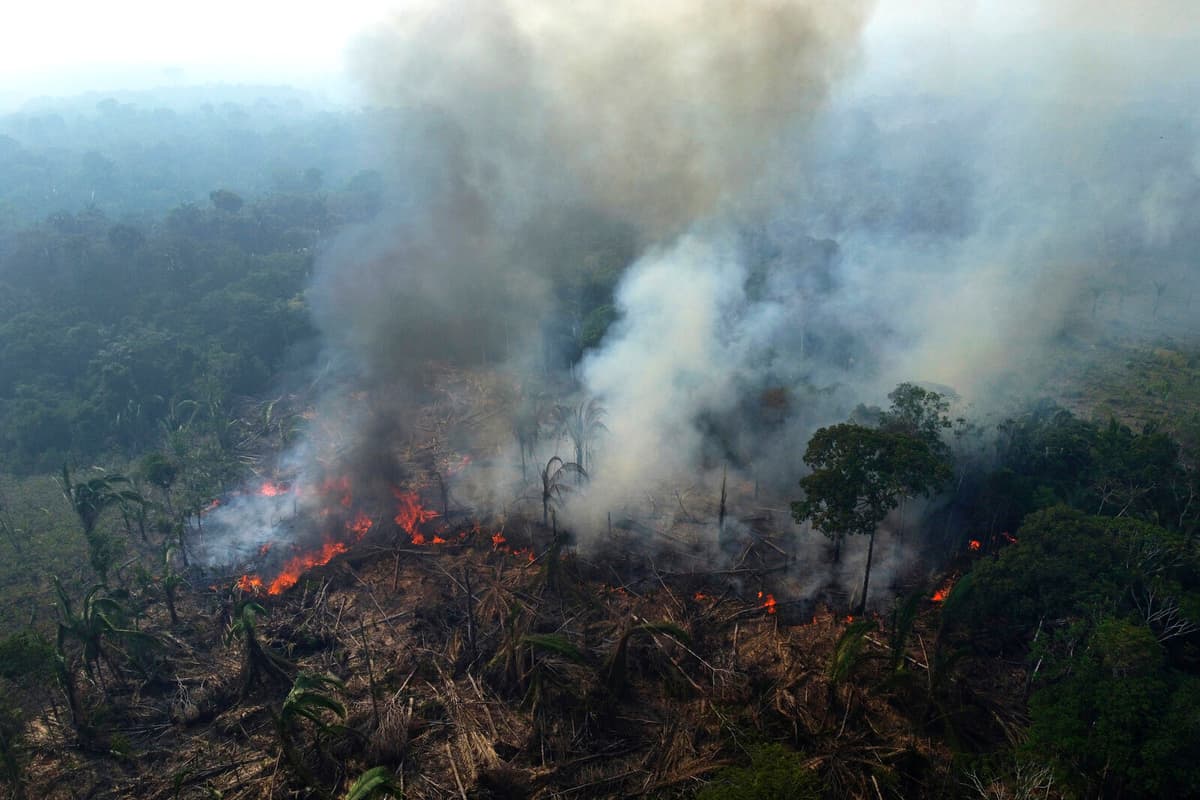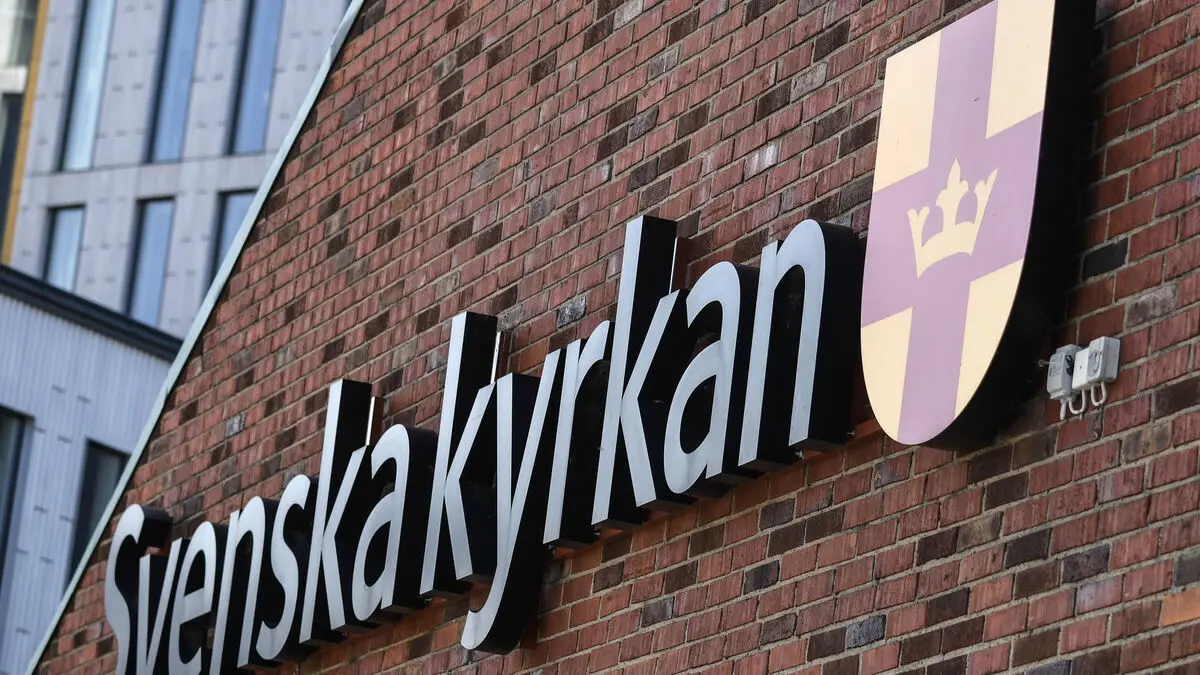The EU's climate service Copernicus has monitored the emissions from forest fires in South America over the past few months and found that they have consistently been above normal.
Just in the past month, up to September 19, forest fires in Brazil have accounted for emissions of almost 65 megatons of carbon dioxide. This is largely due to emissions from forest fires in the Amazon region, where the total emissions for the period July to September are the highest reported by the satellite monitoring service Cams in 22 years.
In Bolivia, emissions were already estimated at 76 megatons by mid-September, compared to the previously highest recorded 73 megatons in a single year in 2010.
Although forest fires normally occur in the region during July to September, this year's fires are described as abnormal. The fires and the emissions they have caused have also led to deteriorated air quality over large parts of the continent.
"In 2024, forest fires in South America have been significantly more frequent than normal, particularly in the Amazon and in the Pantanal wetlands. The smoke clouds have had an impact far beyond the areas where the fires have occurred and have even reached across the Atlantic," comments Mark Parrington, senior researcher at Cams, in a press release.





